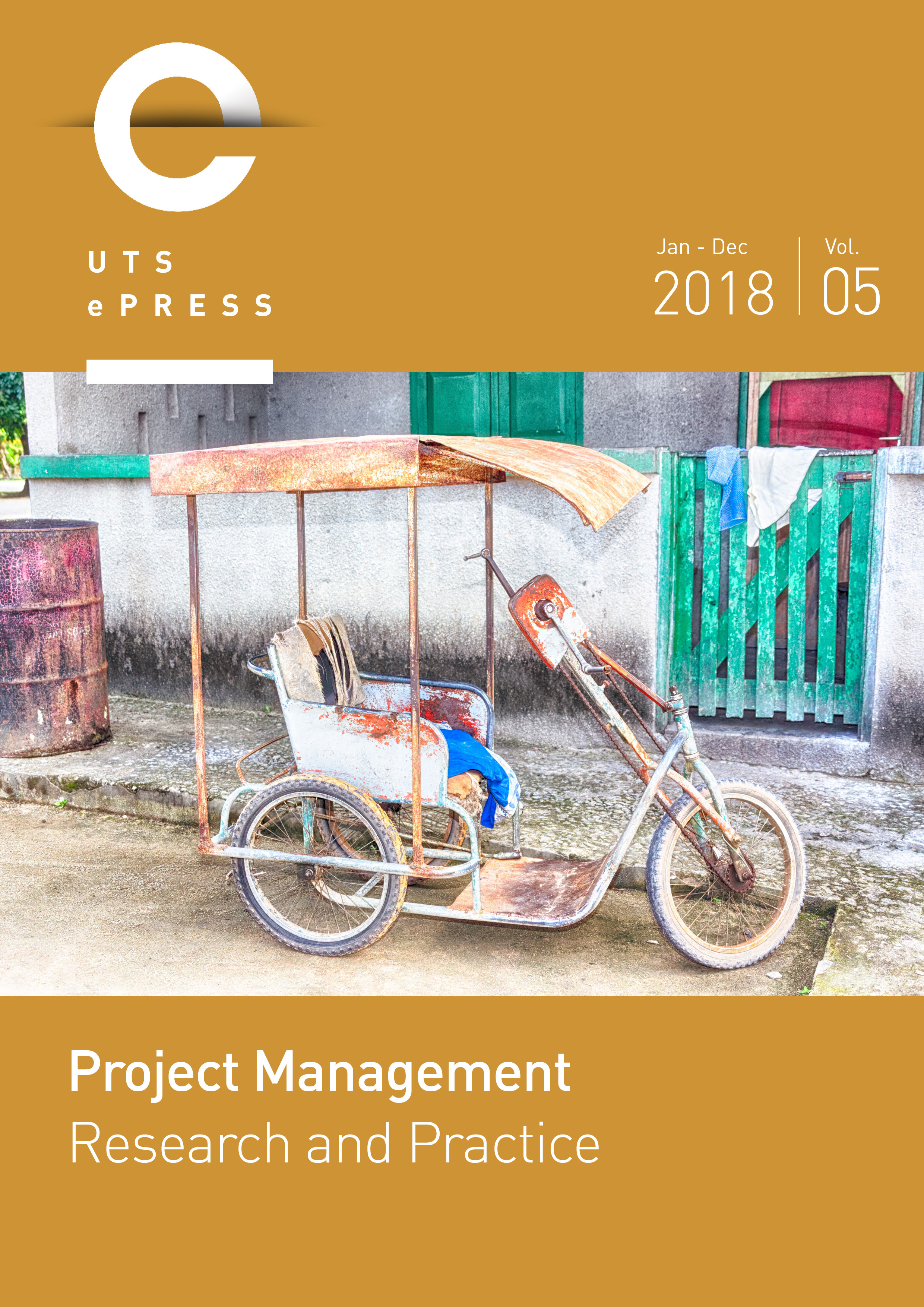Is the Flipped Classroom Method Useful for Teaching Project Management?
Main Article Content
Abstract
A teaching method known as the flipped classroom has become increasingly popular in recent years and the method is now widely used around the world at all levels of the education system. This paper seeks to examine and elucidate the concept of the flipped classroom method as well as scrutinize its varying manifestations within educational settings, focusing particularly on the question of whether the teaching method is a fruitful teaching strategy for project management. Data gathering was based on an analysis of research literature focusing on the application of the flipped classroom as well as interviews conducted with both teachers and students associated with a master’s degree program in project management at Reykjavik University. The interviews sought to extract perspectives of both teachers and students with regard to their experiences of the flipped classroom method in contrast to conventional teaching methods. Finally, the paper will present the findings from an analysis comparing test results from an international certification examination in project management for two groups of students. One group attended lessons where the flipped classroom method was applied whereas the other group was instructed using traditional teaching methods.
The findings of the study reveal that the flipped classroom method is a fruitful and relevant strategy for teaching and learning project management. The findings show that the students were more positive toward the method than the teachers. Furthermore, the students were generally more receptive to new teaching methods than the teachers were. 60% of the students who attended lessons that used the flipped classroom claimed that it had aided them in preparing for the certification examination.
Article Details
Issue
Section
Authors who publish with this journal agree to the following terms:
a) Authors retain copyright and grant the journal right of first publication with the work simultaneously licensed under a Creative Commons Attribution License that allows others to share and adapt the work with an acknowledgement of the work's authorship and initial publication in this journal.
b) Authors are able to enter into separate, additional contractual arrangements for the non-exclusive distribution of the journal's published version of the work (e.g., post it to an institutional repository or publish it in a book), with an acknowledgement of its initial publication in this journal.
c) Authors are permitted and encouraged to post their work online (e.g., in institutional repositories or on their website) prior to and during the submission process, as it can lead to productive exchanges, as well as earlier and greater citation of published work (See The Open Access Citation Advantage Service). Where authors include such a work in an institutional repository or on their website (ie. a copy of a work which has been published in a UTS ePRESS journal, or a pre-print or post-print version of that work), we request that they include a statement that acknowledges the UTS ePRESS publication including the name of the journal, the volume number and a web-link to the journal item.
d) Authors should be aware that the Creative Commons Attribution (CC-BY) License permits readers to share (copy and redistribute the work in any medium or format) and adapt (remix, transform, and build upon the work) for any purpose, even commercially, provided they also give appropriate credit to the work, provide a link to the license, and indicate if changes were made. They may do these things in any reasonable manner, but not in any way that suggests you or your publisher endorses their use.
